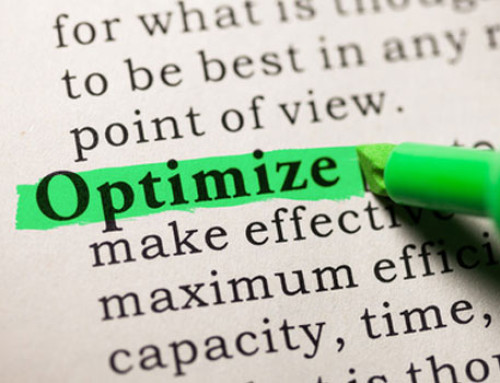There are a few things about building subdivisions, transferring power, and creating HOA committees that can be confusing and get bogged down in legal terms and definitions. One of those confusing aspects of an HOA deals with declarants, transferring power, and moving that power to a committee or board members nominated from the community itself.
What is a declarant?
First off, the most confusing part of this whole process probably comes from defining and figuring out who is the declarant, and what their job entails. Legally defined, a declarant is “the person making a statement, usually written and signed by that person, under ‘penalty of perjury’ pursuant to the laws of the state in which the statement, called a declaration, is made.” Declarants are used when the first owners of the HOA, typically the builders or developers, are transferring power of the community over to a board of committee members.
These transfers are usually created once a majority of the homes or plots have been sold. It will then be time for the builder to create the HOA board and hand over responsibility for monitoring the community. The builder becomes a declarant when they sign the piece of paper that initiates the beginning of electing board members.
Who is my community’s declarant?
Some neighborhood members may be unaware that their community has a declarant, or some members may know that there is a declarant, but don’t know the identity. Luckily, there is no such thing as a secret declarant and the identity can usually be found in public land records in the county where the community is located. One thing to note is that when the developer subjects land to restrictions in described in a “Declaration,” the developer can reserve certain rights as the “Declarant.”
What are declarant rights?
Declarant rights can be found in the recorded Declaration for a planned community, which can be found in the contract of the lot/unit owners, the owners association, and the declarant. When the community is formed, the declarant can establish and reserve almost any rights they want. When it comes times to transfer declarant rights, the community and declarant will use an Assignment of Declarant Rights, executed by the declarant-transferor and the declarant-transferee.








we have a declarant that has been in charge for almost 20 years and has 10 corporations tied to our HOA. We have no say in any vote as he keeps changing the number of votes he is allowed per open lot and now he is counting open acreage as incomplete lots. He now says he has 20 votes per lot and 20 per acre . we have 1204 homes and had 54 open lots . our contract with the home builder allowed him 3 votes per open lot but again he has changed the goal posts to out vote us. there really is no HOA , just him. He now wants to get a loan for 5 million for his new pool and fish pond and RV parking lot which will tie us to repayment for years to come and we have no say at all. HELP